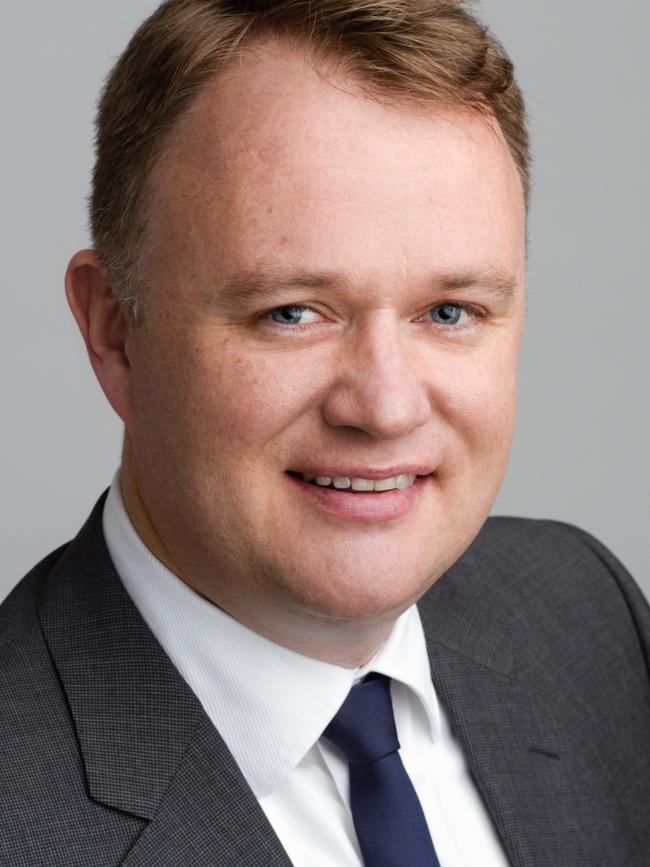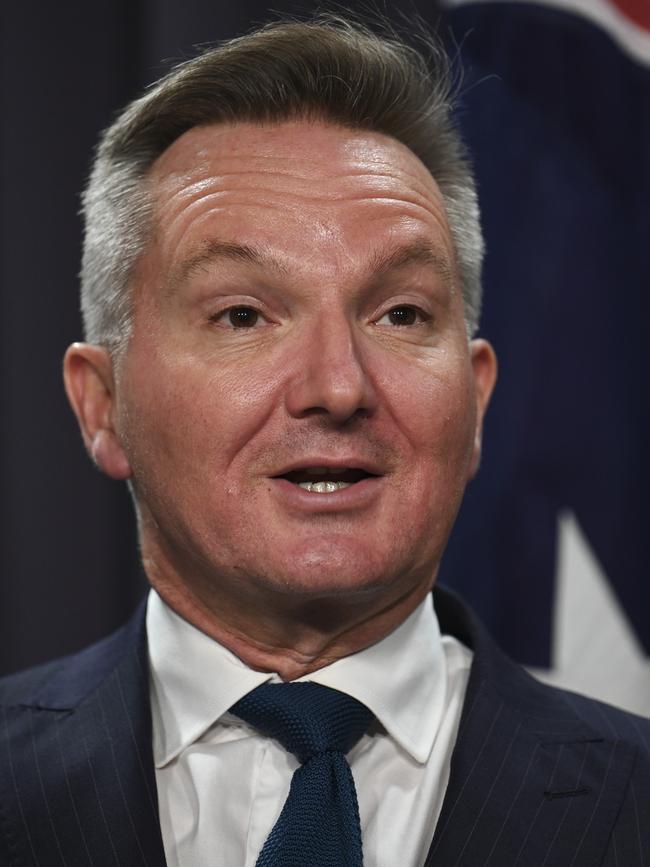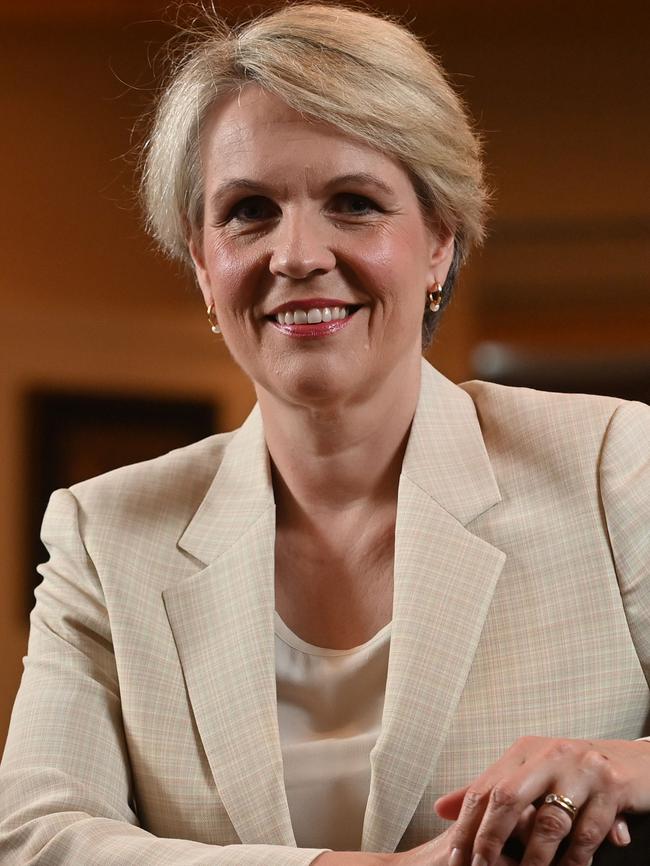Victoria mulls delaying its first offshore wind auction
Victoria has placed offshore wind at the heart of energy transition plans, but the state is considering delaying the first auction as concerns arise that few companies would bid.
Victoria is considering a year-long delay to the rollout of its offshore wind industry, the centrepiece of its plans to transition away from fossil fuels, amid concerns an auction would attract few if any bids.
Shortly after announcing plans to have offshore wind generate 20 per cent of its electricity within a decade, Victoria’s state government said it would hold the first so-called contract for difference auction in 2025.
Such auctions set the minimum and maximum return a developer would receive once generating electricity. Projects typically are only viable once they have secured an agreement.
But The Australian understands the state government is considering a delay of at least a year amid concerns that it would attract few if any bids.
“In reality, maybe one project would be in a position to make bids and the government thinks that by putting it back a year it will mean the majority of those with a licence will be in a position to catch up,” said one source, who spoke on condition of anonymity.
Increased participation in the first auction would increase competition and reduce taxpayer liability.

Under the scheme, should the wholesale electricity price fall below an agreed threshold, taxpayers would compensate the renewable energy project.
Should the wholesale electricity price exceed a metric, developers pay the government – a design that removes revenue risk from developers.
But delaying by a year is a headwind to Australia’s most advanced offshore wind project, Star of the South, which is backed by Copenhagen Infrastructure Partners and Cbus and has completed significant preliminary works.
Victoria can ill afford for delays to the Star of the South project if it is to meet its ambitious targets.
The state government in 2022 set a target of generating the equivalent of about 20 per cent of its energy needs from offshore wind within a decade. The target then doubles to 4GW by 2035 and 9GW by 2040. In all, Victoria sees potential for 13GW of offshore wind capacity by 2050, five times the current renewable generation in Victoria.
Star of the South CEO Charles Rattray said the development was primed to begin the next phase of development.
“Star of the South is already well progressed. We’ve studied this area for five years under an exploration licence and know it’s in a location with strong winds, ideal sea depths and suitable seabed conditions,” Mr Rattray said.
The target has lured some of the world’s largest renewable energy developers and local giants to proposed developments off the coast of Gippsland, moving to capitalise on Victoria’s plan to use the zero-emission energy source as a major replacement for coal.
Victoria’s coastline is ideal for offshore wind. Winds are strong and consistent by international standards, while a large area of shallow ocean less than 50m-60m deep is suitable for wind turbine platforms to be fixed to the seabed, a much more mature and cheaper technology than the floating turbines that have to be used in deeper waters.
But progress has proved painfully slow. The full list of successful bidders for a development licence continues to be worked on, although federal Energy Minister Chris Bowen on Wednesday confirmed the first six projects that could proceed.
Winners include Danish giant Orsted, a joint bid from EDP Renewables and Paris-based Engie, AGL’s consortium and Iberdrola.


Another six, including Macquarie’s Corio, Origin and BlueFloat, are in line for a licence should they secure Indigenous approval.
Still, there remains uncertainty over critical infrastructure. Federal Environment Minister Tanya Plibersek earlier this year vetoed plans by the Victorian government to use Port of Hastings for the assembly of wind turbines and service installation and maintenance of the industry, and developers insist they will need alternatives to proceed.
The Australian reported in April that Victoria’s planning minister now has total discretion over whether or not third parties are notified of renewable energy projects that may affect them, in what one of the state’s foremost planning experts has termed a “radical” and “most unsatisfactory” change to the state’s planning scheme.
The Allan government last month gazetted its new regime to fast-track planning approvals for solar, wind farm, battery storage and transmission line proposals, bringing into effect rules that leave it up to the minister to notify potential objectors.
The government claims in the document the change will “help to unlock the current $90bn worth of investment value in renewable projects that are in the pipeline” and create about 15,000 jobs.
In March, Australia’s biggest energy companies raised the alarm on the nation’s switch to green power, revealing they expected major delays on renewable and transmission projects amid community opposition, sparking an urgent call to boost gas supplies and keep coal plants open longer.
Authorities have asked for industry to deliver its verdict on a 20-year blueprint for the power grid that pulled forward the exit of coal, requiring a 50 per cent lift in the level of renewables to be built by the end of this decade.
AEMO estimated utility-scale wind and solar capacity would need to triple by 2030 and increase sevenfold by 2050, a target that has simultaneously spurred a series of new federal policies and stoked alarm in the regions.








To join the conversation, please log in. Don't have an account? Register
Join the conversation, you are commenting as Logout